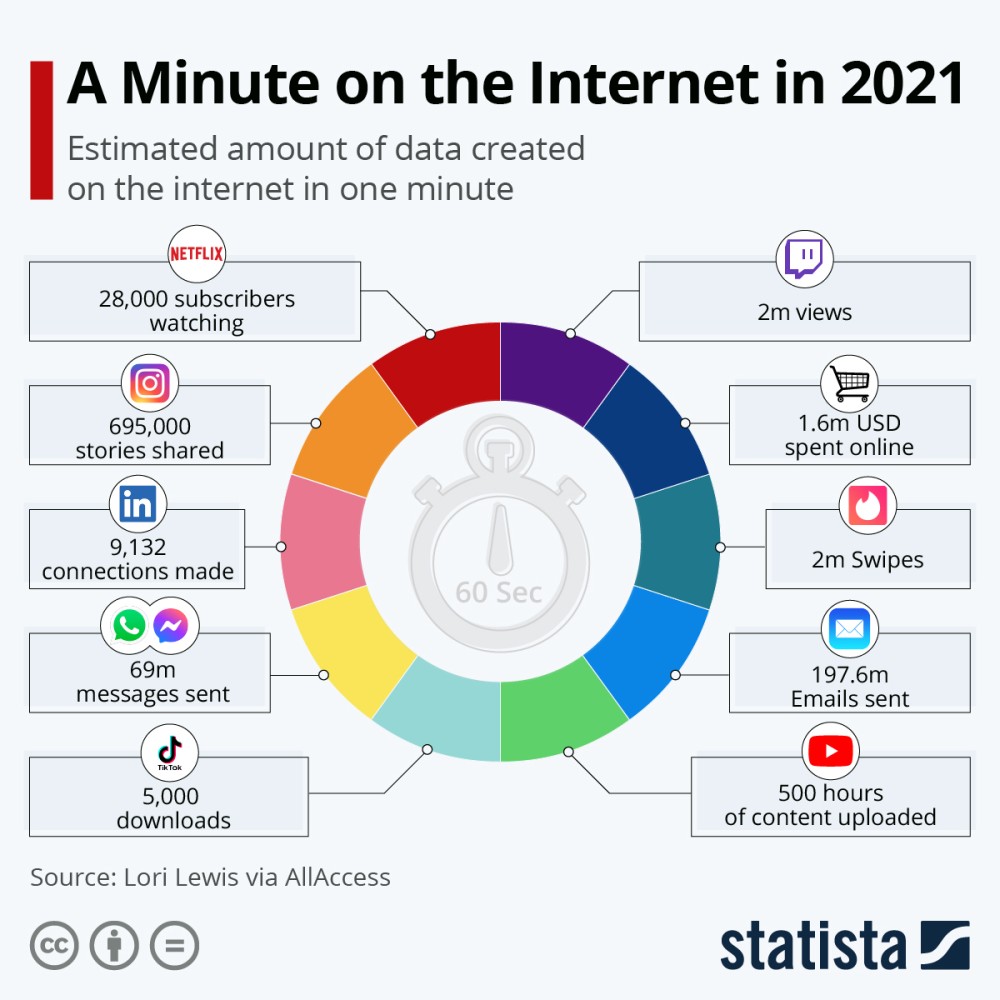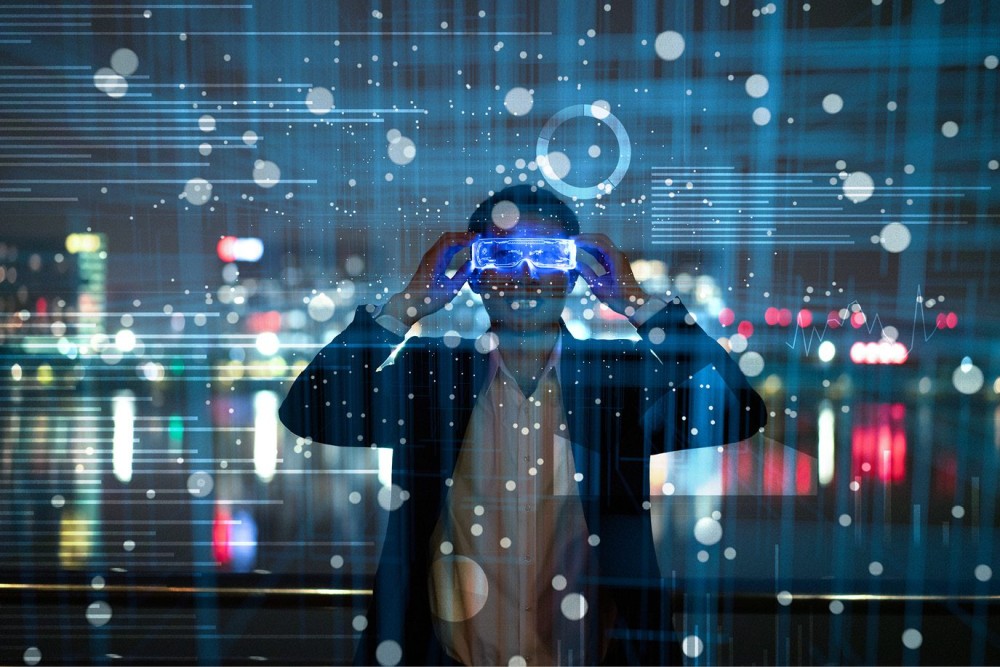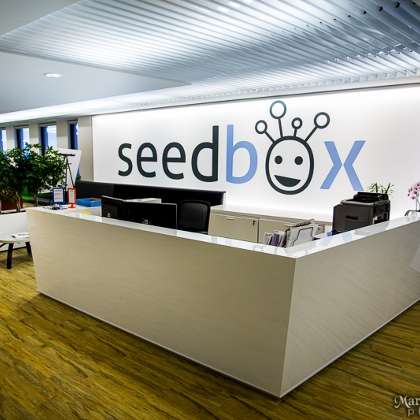How the Metaverse will Spark a Big Data Revolution
Interest in the metaverse is only beginning to hot up in the wake of some big moves by a collection of the world’s largest companies. At the pinnacle of metaverse fever we can see Mark Zuckerberg, who decided to rebrand Facebook into Meta in a bid to demonstrate the company’s commitment towards becoming a go-to entity in the new frontier of the internet. With the vast possibilities for how big data can be used by individuals and businesses alike, it’s little surprise that Meta is dedicating at least $10 billion towards building the company’s own vision of the metaverse.
The arrival of the metaverse has been heralded as a revolutionary change to how we interact with one another online, and will drastically alter what we can do online. We’ve seen clips of Mark Zuckerberg seamlessly jumping through virtual spaces whilst interacting with different people, whilst a Walmart rendering of what the company believed grocery shopping would look like in the age of the metaverse recently resurfaced.
Whilst it’s still unclear just what the metaverse will mean for those who’ll use it most, we can be sure that there will be inordinate amounts of data generated every second in such an immersive digital environment.
Today, businesses already have access to a wide range of data sources that can process and analyse customers and target audiences alike, and the metaverse is certain to increase the volume of information flowing through companies at an inordinate rate.

To think that the future of the internet will generate masses of data every minute is exciting and worrying in equal measure. Above, we can see the amount of data we share online collectively in any given minute – which amounts to 69 million private messages sent via WhatsApp and Messenger, almost 200 million emails, and hundreds of hours of content engaged in and generated.
In a landscape as interconnected as the metaverse, there’s likely to be far greater emphasis on the sheer quantity and quality of data that users produce without even knowing. With this in mind, it’s important to monitor how our data will be used in the metaverse and just what we’ll be giving away.
Digital Fingerprints in the age of Interconnectivity
As more leaders in tech prepare for the metaverse, we’re beginning to learn more about what the future of big data may look like. In this new digital frontier, it’s likely that technology will be capable of far more than simply monitoring your purchasing and browsing history, or the conversations you have with friends and acquaintances online.
Through machine learning, tech firms may be capable of learning where, when, and for how long you’ve engaged in a specific product or service online – even if it’s just a glance. In a world where your every action can be observed, we’re likely to see a brand new era of hyper targeted and personalized advertising.
The metaverse is likely to be experienced predominantly through virtual reality eyewear, and the equipment that’s set to deliver the metaverse to a broad network of users will also be capable of monitoring our biometrically inferred data. This will be capable of understanding our eye movements, changes in how we navigate the metaverse, and alterations in our heart rate when exposed to different marketing materials or content. Essentially, if Web 2.0 is a place for big data, Web 3.0 will take these insights to the next level.
Although the metaverse will be experienced via virtual reality headsets, its vast interconnectivity will mean that we’ll be able to access the space via smart glasses and our own smartphones – which will evolve over the coming years to embrace multiverse biometric readings too. Today, we may already have access to the first devices that can possess the fast connectivity necessary to access the metaverse. As 5G ready handsets continue to become more affordable for consumers, we could already have easy access to a metaverse-integrated future.
These metaverse access points will generate vast amounts of raw data, which can subsequently be analysed to infer farm information surrounding users online whilst giving companies a greater level of understanding surrounding idiosyncrasies, emerging market trends, consumer behaviour and plenty more insight.
Living in the New Age of Data
With such a significant information revolution just around the corner, new regulations regarding how businesses access and use the information of metaverse users need to be imposed swiftly to avoid the emergence of intrusiveness or exploitation.
“In the metaverse, you may not be able to distinguish between authentic content you came upon in the world, augmented or virtual, and paid content that was injected specifically for you, personally targeted by AI algorithm. So restricting this is important,” explained Louis Rosenberg in an interview with Insider.
The prospect of businesses creating underhanded marketing tactics to extract information from target audiences is a worrying one. In the metaverse it may one day be possible for entirely AI-generated avatars to operate as a machine learning algorithm to converse with users and adapt their marketing strategies based on their responses.
Whilst GDPR was built to offer some form of protection for European internet users from companies stockpiling their personal data, it’s clear that more protection is necessary in Web 2.0 – let alone in Web 3.0. With this in mind, the coming years are essential for leaders in the development of the multiverse to be clear about how their products will be used. In the next generation of the World Wide Web, transparency will be more important than ever.




